Lately I have been asked by several people about sandblasting. As there is interest in this process of structuring wood, I thought I would expand a little on the subject.
What is sandblasting
According to the DEX, sandblasting is the process of cleaning, smoothing or polishing metal surfaces using a jet of sand sprayed with compressed air. It comes from the French word sand which means sand. While sandblasting was originally only used for metals, over time it began to be used on wood to remove paint and varnish from older finished surfaces or to imprint various marks using stencils.
It was only one step from being used for structuring wood to now removing early wood from the surface of the wood by sandblasting is commonly used industrially. This produces structured, 3D wood that mimics old wood eaten weather.
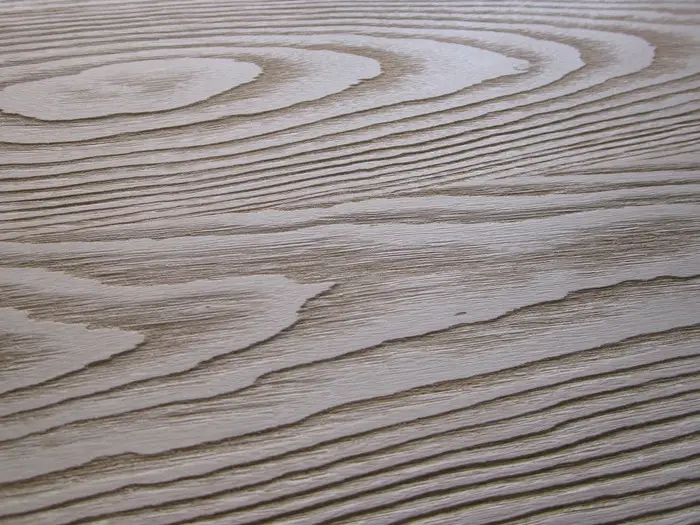
photo source: lumberjocks.com
The risks of sandblasting
It is not a method that can be easily used by everyone. It is practised by specialists because it involves the use of special guns under pressure. During the operation sand and pieces of wood jump all over the place, so the sandblaster must wear protective equipment. Because of the fine sand present everywhere the air has to be filtered. Such work is carried out in special cabins.
There are also people who clean or structure wood without being in a factory. They have a lot of experience in the field, they know what is involved in using such a gun and the risks they run. They protect themselves very well with special suits or by covering their face and skin very well, wearing gloves and goggles. They usually work outside in open spaces, making sure there are no people around who could be injured. In any case, don't try such methods and guns without being very well informed beforehand and ensuring protection for yourself and others around you.
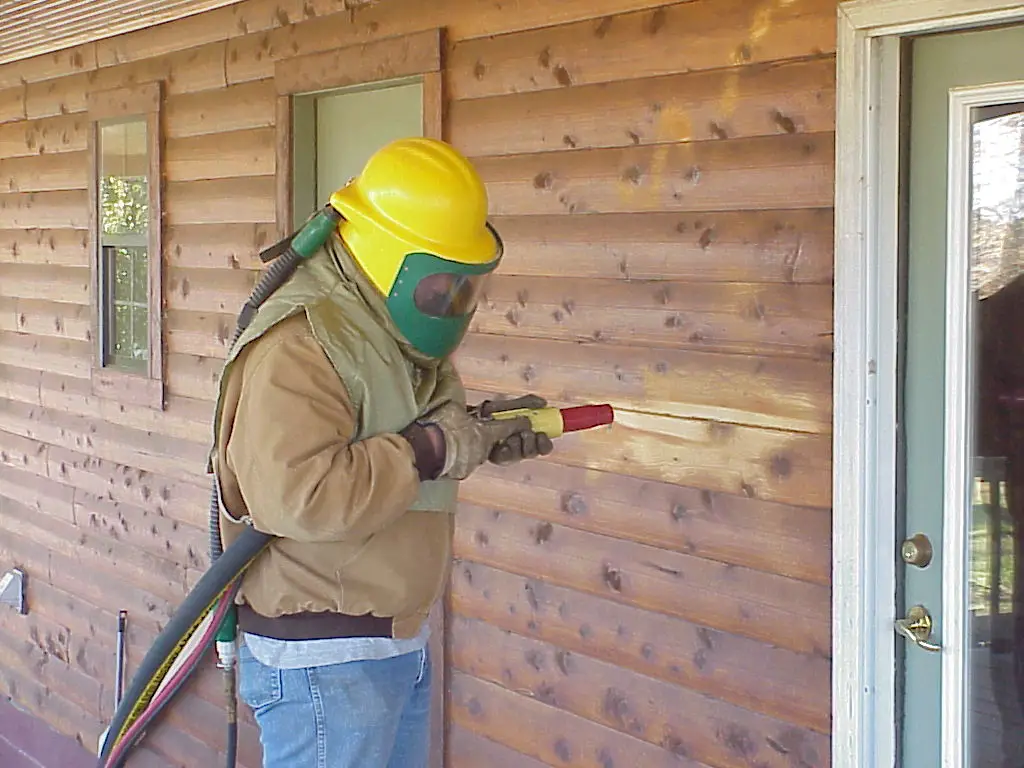
photo source: ozarkloghomesupplies.com
Equipment and materials
In general, blasting equipment consists of: a compressor, a tank for sand (or other blasting material), a long hose that allows movement around the object to be blasted, a gun and a nozzle of various shapes and sizes, depending on the purpose.
Although sand gave the method its name, other abrasive materials can also be used. The least aggressive material, originally used for blasting copper, is food grade bicarbonate (baking soda). The low aggressiveness protects the wood so that bicarbonate can be used to clean old layers of paint from the wood without the risk of damaging the surface. Following the action of the bicarbonate, the wood remains clean and whole grain.
For structuring, more aggressive materials are used, such as sand or some natural materials - walnut shells, coconut shells, shredded corn cob, pumice stone - small metal or plastic balls.
Being an abrasive material, the grain size of sand is also expressed by numbers, just like sandpaper. The small numbers are for coarse grit and the large numbers for fine grit. Sand is available in grit sizes between 30 and 220, but for wood it is recommended to use grit sizes between 30 and 80.
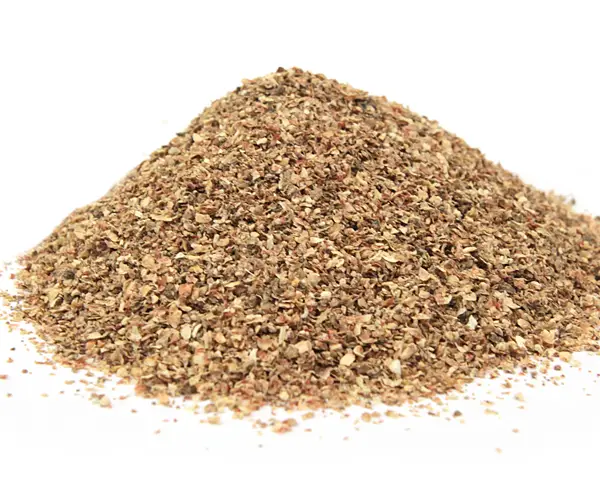
photo source: andersonscob.com
How sandblasting can be used
Sandblasting results in wood with a structured surface, i.e. the late wood is highlighted by removing the early wood. The process is used extensively on resinous and oak or similar essences. Depending on the grain size of the material used, more or less structured surfaces are obtained. After sandblasting a lot of broken fibres appear through which water can be removed. As a result, after sandblasting the wood must polished and finished to prevent severe drying.
It is generally sandblasted solid wood. However, there are also artists who sand veneer or very narrow planks of lumber, removing the early wood altogether. What remains is a late wood grid with a very interesting design.
Sandblasting is widely used in industry to obtain antiqued parquet or other wooden objects that suggest the passage of time. Followed by a quality finish, with materials that contribute to the natural effect, wood products can be produced that give value to homes.
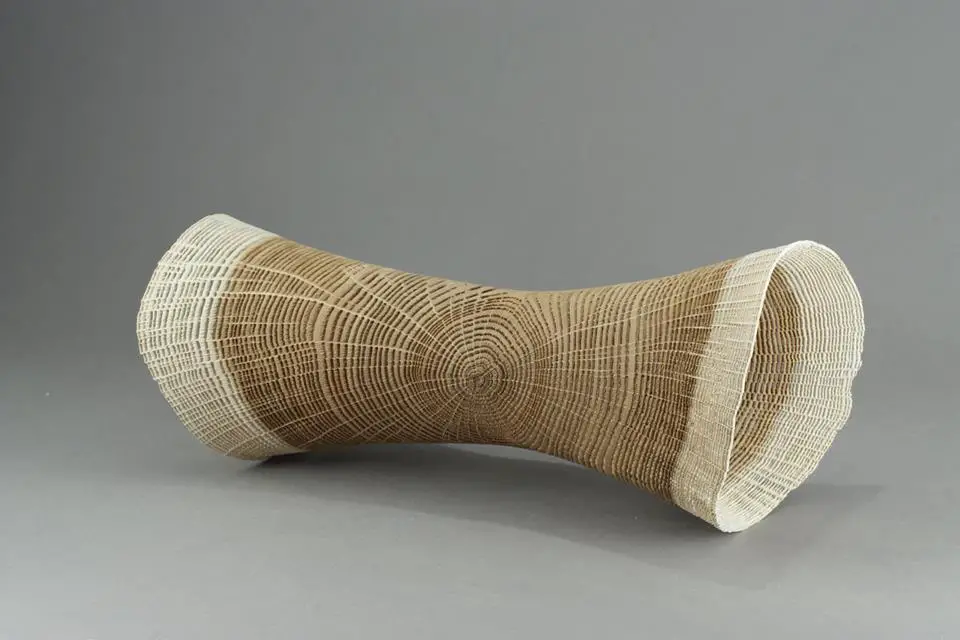
photo source: sarahmyerscough.com
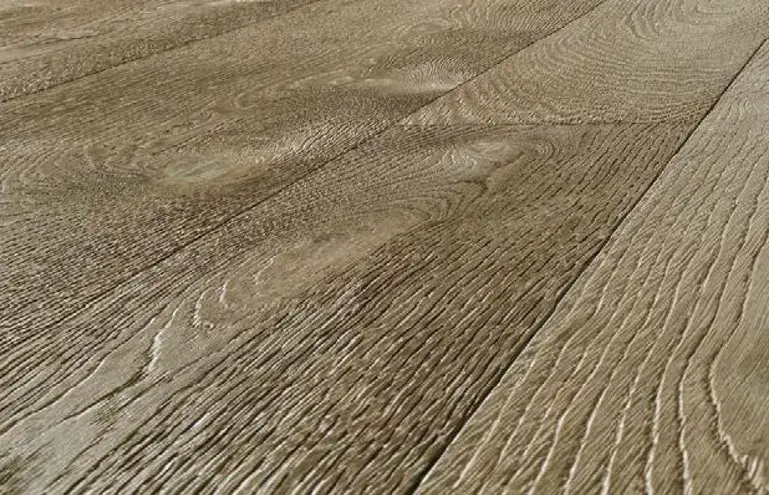
photo source: hicraftflooring.co.uk

















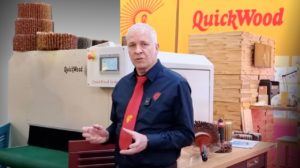

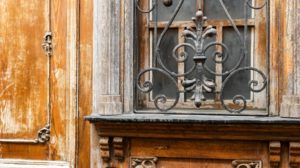
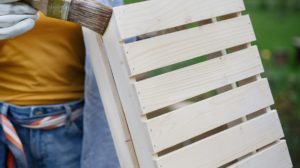
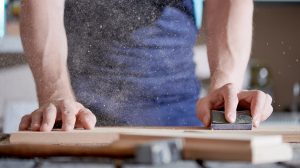
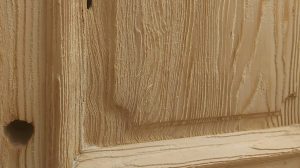
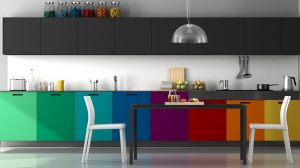
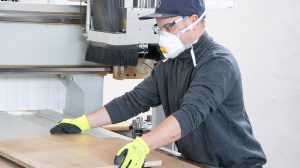
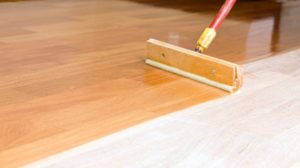
I studied furniture manufacturing and have been working in this field for almost 30 years...very useful and interesting your articles.
Thank you.
Very interesting articles, little by little I can say that I am already waiting for the next one to see what news I find out about!Reading these articles I noticed that I am interested in the fascinating world of woodworking! (My husband being a woodworker, many times I was next to him in the workshop, but I didn't realize at the time what a beautiful job it is!) Good luck in the future!
Thank you!
Super.
[...] Sandblasted flooring is one of the most innovative ways to enhance your floor. Plus, a wood floor will never go out of style, and adding a carpet that's in keeping with the rest of the room will make your living room more comfortable and inviting. [...]
Hello, can you recommend a not very expensive machine and the type of material used (grain) for sandblasting pine fence boards, over which a wood varnish was used, but over time it partially peeled; I want to sandblast it without dismantling it, and then spray paint it.
Thank you
Hello!
The sand grain size should be between 0.2 and 0.8 mm and should not be hard surface sand. Unfortunately I cannot recommend a specific brand. There are offers for such guns and devices at quite affordable prices (Yato, Troy, Guede, Mannsmann), but I know nothing about their quality.
All the best!